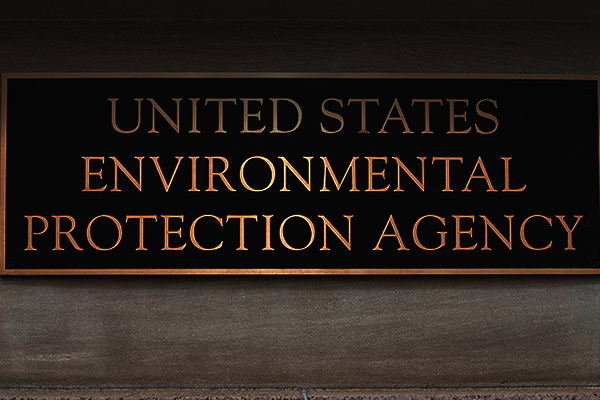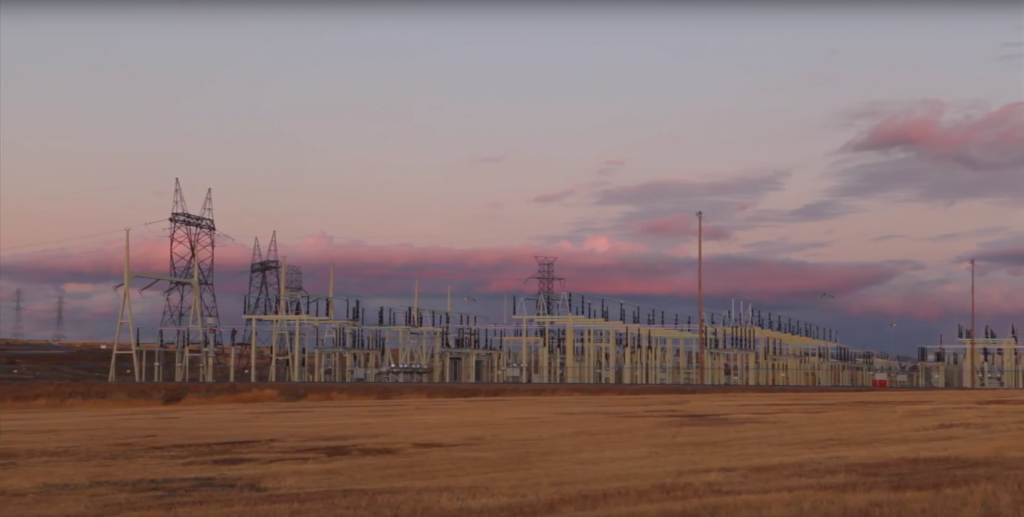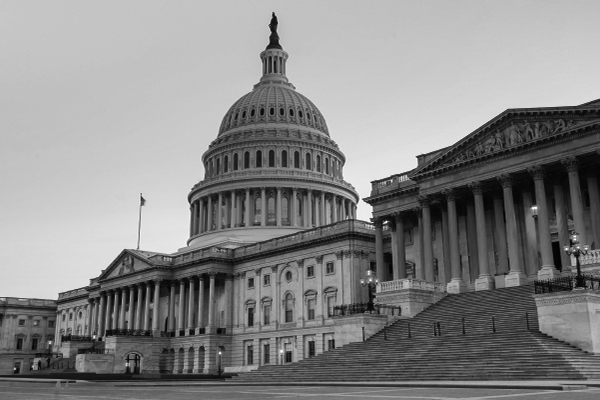Questions Congress Should Be Asking Gina McCarthy

This week, EPA Administrator Gina McCarthy will be called before Congress to testify regarding her agency’s FY 2017 budget request. These hearings hold particular import, as the EPA continues to be one of the most aggressive and intrusive rule-making agencies. The crux of the EPA’s regulatory agenda is the so-called “Clean Power Plan”, aimed at regulating new and existing coal-fired power plants. This regulation will result in the closure of over 47 GW of coal-fired power–enough to power nearly 38 million homes–all for no significant climate benefit.
Several weeks ago, the Supreme Court stayed the implementation of the Clean Power Plan until all legal disputes have been resolved. This effectively delays the regulation for at least a year and a half, if not longer. Yet Administrator McCarthy has sent mixed signals on EPA’s stance toward the stay. At first, McCarthy indicated that implementation would be paused while the court stay was in place, but later stated that states should continue to formulate implementation plans.
Congress should ask McCarthy why EPA needs money to implement a regulation that has been stayed by the Supreme Court. Also, Congress should press McCarthy to clarify her mixed message on the Clean Power Plan. This regulation carries significant, grave consequences for all Americans, and the EPA must be held accountable for their actions and statements. We suggest Congressional leaders ask McCarthy the following questions:
The Supreme Court issued a stay freezing the Clean Power Plan until judicial review was complete, likely no earlier than mid-2017. Shortly after the court ruled, you testified before the House Agricultural Committee that “nothing is going to be implemented while the stay is in place. It is clearly on hold until it resolves itself through the courts.”
Since then, though, you have made statements implying the EPA is continuing its work on the stay in violation of the Court’s injunction. For instance, you recently stated:
- the stay “didn’t mean that anything on the ground really had changed”
- the rule was “alive and well” and that “life is continuing in the exact same direction it was before the stay.”
Administration officials have also noted that:
- “…states have until 2018 to finalize their compliance plans and until 2022 before enforcement begins, adding that the Supreme Court setback won’t necessarily push back those deadlines.” (USA Today, 2/9)
- “States should continue their work as is.” (E&E News, 2/12)
These statements leave little doubt about the EPA’s intent to use its vast resources to implicitly coerce fearful state regulators into continuing planning for a rule that may never be implemented.
How are Americans families, the 28 states seeking protection from this illegal regulation, this Congress you testified before, and the Supreme Court that issued the injunction supposed to react when they hear these statements?
Is EPA stopping its work on the Clean Power Plan in accordance with the court-mandated stay?
What precise activities are still being conducted to implement the Clean Power Plan?
What actions do you believe the EPA can still take in furtherance of the Clean Power Plan while the stay is in place?
Why should Congress appropriate any money for EPA to implement these regulations until the Court has resolved the issue?
Conclusion
The EPA’s use of regulatory powers to advance the president’s political agenda goes well beyond simply issuing regulations. Agency officials have consistently demonstrated a disregard for its limitations and sought to bring the power of the federal government to bear whenever possible to coerce states into bending to its will. As the centerpiece of the president’s climate legacy, it is not surprising that the agency would seek to use its influence in a raft of other regulatory matters to “encourage” states into continuing their work on the carbon rule despite the court-ordered stay. It is time for Congress to deny any funds to EPA for work on this illegal rule and receive the necessary clarity from EPA officials as to what actions they plan to take on this rule until judicial review is complete. State officials, utilities, and consumers deserve the predictability of knowing they are free to put their pencils down until the Supreme Court says otherwise.



